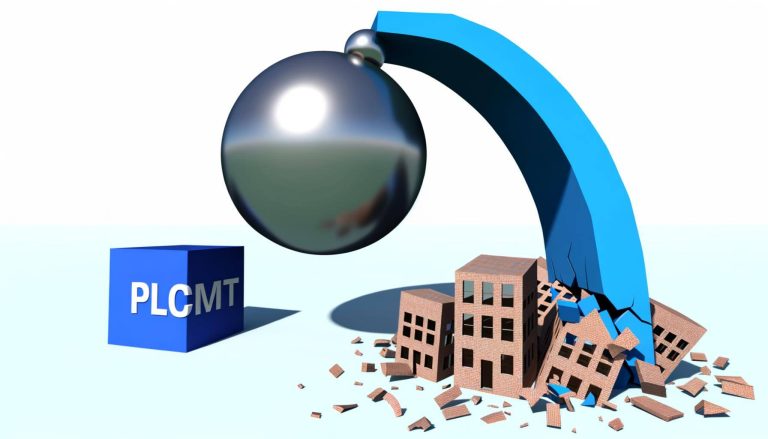Navigating Bid Exhaustion in Modern Programmatic Advertising: A Publisher’s Perspective
In the dynamic world of programmatic advertising, bid exhaustion has emerged as a crucial concern for digital …
February 25th, 2025
In the dynamic world of programmatic advertising, bid exhaustion has emerged as a crucial concern for digital publishers. As publishers strive to maximize revenue while maintaining a seamless user experience, understanding and effectively managing bid exhaustion has become paramount. This article delves into the concept of bid exhaustion within the context of a modern programmatic advertising setup, exploring how digital publishers can utilize technologies like PreBid, PreBid Server, Google’s Open Bidding, and Amazon’s Transparent Ad Marketplace (TAM) to mitigate its impact.
Bid Exhaustion Demystified:
Bid exhaustion refers to the scenario where a publisher exhausts the available bids from advertisers before all the ad impressions are filled. This can lead to lost revenue opportunities, as some high-value impressions might go unsold due to inadequate resource allocation.
Harnessing PreBid for Header Bidding:
PreBid, a widely adopted open-source header bidding solution, allows publishers to invite multiple demand sources to bid simultaneously for ad impressions. While it enhances competition and drives up prices, it can also contribute to bid exhaustion if not managed properly. Publishers should carefully curate their demand sources and set floor prices to avoid exhausting advertiser budgets too quickly.
Advantages of PreBid Server:
PreBid Server offers a server-side solution to header bidding, which can help alleviate bid exhaustion challenges. By moving the auction to the server side, publishers can manage the auction process more efficiently and ensure that valuable impressions are not missed due to bid exhaustion. PreBid Server allows publishers to have better control over pacing, which prevents advertisers from bidding aggressively and depleting their budgets prematurely.
Google’s Open Bidding for Streamlined Auctions:
Google’s Open Bidding (formerly known as Exchange Bidding) is another powerful tool in a publisher’s arsenal. It enables publishers to invite multiple demand partners to compete in a unified auction managed by Google Ad Manager. This centralized approach can help prevent bid exhaustion by optimizing the allocation of impressions among various demand sources, thus increasing efficiency and revenue potential.
Tackling Exhaustion with Amazon TAM:
Amazon’s Transparent Ad Marketplace (TAM) offers publishers access to Amazon demand through their preferred SSPs. While TAM can bring valuable demand, it’s essential to carefully manage bids to avoid bid exhaustion. Publishers should set bid strategies that align with their objectives and ensure that they are pacing their bids effectively to maximize revenue while preventing overspending.
Strategies for Publishers to Combat Bid Exhaustion:
1. Diversified Demand: Curate a diversified pool of demand partners to ensure a balance between high-quality bids and efficient resource allocation.
2. Bid Floor Optimization: Set bid floor prices strategically to prevent overly aggressive bidding that might lead to bid exhaustion.
3. Unified Analytics: Utilize unified reporting and analytics platforms to gain insights into bidding performance across different demand sources, aiding in making informed decisions.
4. Pacing Control: Leverage pacing controls provided by PreBid Server, Google’s Open Bidding, and other platforms to prevent rapid depletion of advertiser budgets.
5. A/B Testing: Conduct A/B testing to identify optimal bid strategies, floor prices, and pacing techniques that yield the best results.
In Conclusion:
Bid exhaustion presents a significant challenge for modern digital publishers navigating the programmatic advertising landscape. By employing a strategic approach and harnessing technologies like PreBid, PreBid Server, Google’s Open Bidding, and Amazon’s TAM, publishers can better manage the allocation of bids and resources. Striking a balance between maximizing revenue and avoiding exhaustion is key to thriving in the competitive world of programmatic advertising while ensuring a seamless experience for both advertisers and users.
Related Blogs

Major Changes to Video with the plcmt Parameter
March 13th, 2025 by Doug Bishop
Explore how the new ‘plcmt’ parameter can transform video advertising strategies and impact video monetization.
Read More
Don’t let Cloudflare Accidentally Block your Ads.txt
March 13th, 2025 by paul
SSPs must have uninhibited access to your site’s Ads.txt. Inability to access ads.txt can compromise earnings if demand …
Read More
Mastering Viewability: The Key Metric for Publishers
February 26th, 2025 by Doug Bishop
In this blog post, we will delve into the importance of viewability as a crucial metric for digital publishers in the …
Read More